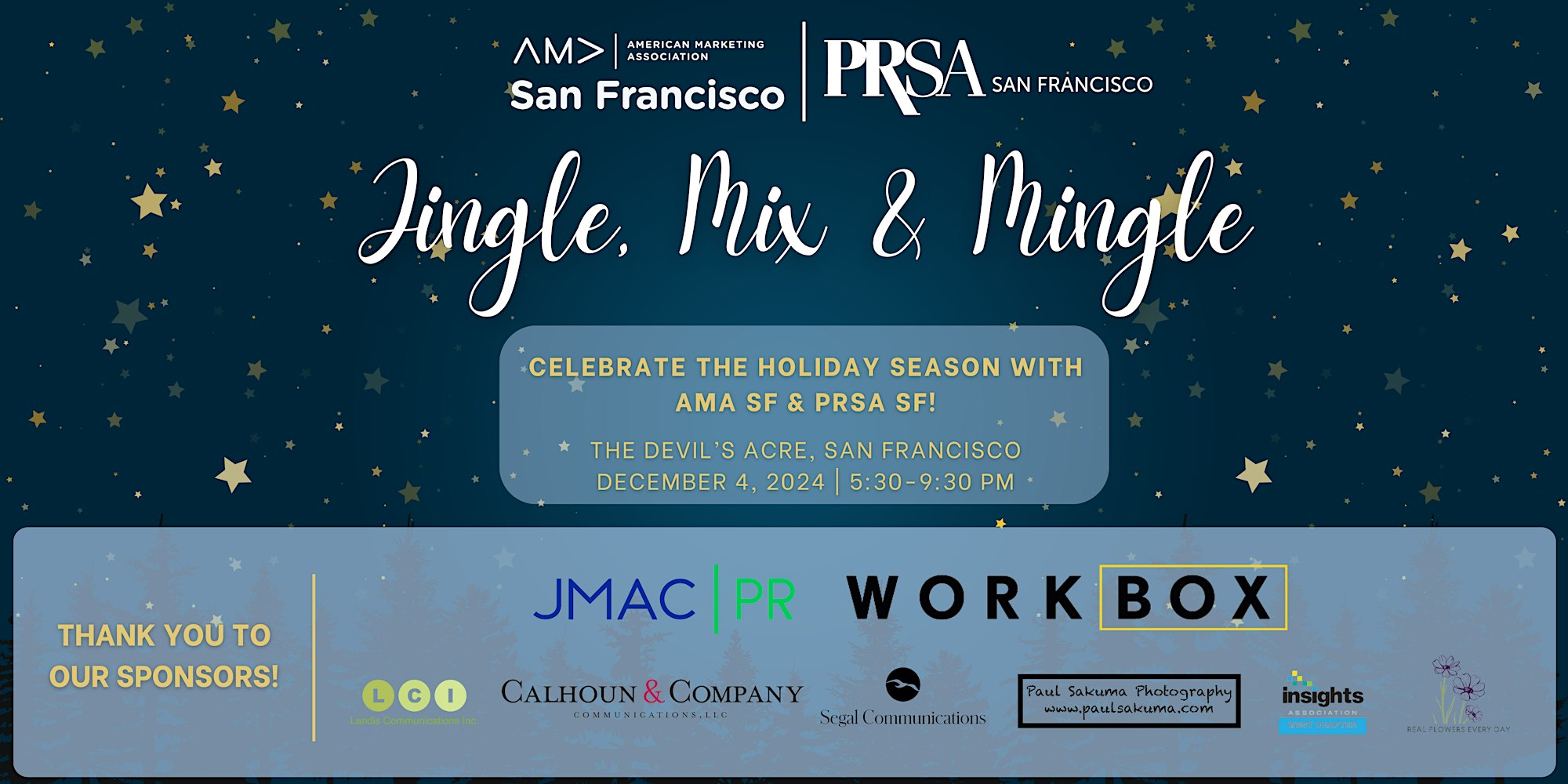
By: Amanda E. McCoy
Over the last few months I have been exploring concepts in content marketing, mainly to expand my own knowledge and then share with you, the equally curious self educating reader. The next couple of posts will be looking at SEM, or search engine marketing.
Let’s define SEM. The term SEM was proposed by Danny Sullivan, a founding editor of Search Engine Land, which is one of the leading publications on information about search engines and search marketing. According to a 2010 article posted by Sullivan, the term SEM was not meant to encompass only paid search engine marketing, but was intended to be a larger umbrella term for the process of marketing material online, with or without paid placement. SEMPO (Search Engine Marketing Professional Organization) to this day keeps a similar definition to the original written for them by Sullivan in its glossary, stating SEM is an “Acronym for “Search Engine Marketing.” A form of internet marketing that seeks to promote websites by increasing their visibility in search engine result pages (SERPs). SEM methods include: search engine optimization (SEO), paid placement, contextual advertising, digital asset optimization, and paid inclusion. When this term is used to describe an individual, it stands for “Search Engine Marketer” or one who performs SEM.”
According to Sullivan SEM incorporates both the paid and unpaid search marketing. In the following posts I will be going over SEO best practices (which encompasses a whole lot, there are several blogs entirely devoted to it), so for organizational purposes, this post will cover the paid search marketing methods excluding SEO. These include but aren’t limited to:
- PPC – Pay per click is search engine ad placement, often found in columns alongside the search results, or within the first four shown results which are clearly marked as ads. Bing, Google, and Yahoo! all sell this form of advertising. Eric Couch, an Account Manager at Bing Ads, says you should be expanding your ad network far beyond Adwords. According to his article, you can find PPC advertising placement for sale on several different sites, including social media sites like Facebook, LinkedIn, and Twitter. Couch also reviews the platforms, sharing some pros and cons for each.
- CPH/CPS- Most native ads are billed in the previous model (PPC), but the Financial Times is transitioning to time based billing and Instinctive which is a native content syndication platform announced in a January press release, they are now offering a time based billing model as well. According to Instinctive’s statement, research shows the return on investment is higher with this billing model, which is charged at a Cost Per Hour (CPH) or Cost Per Second (CPS) unit (kind of a big gap if you ask me). According to Sarah Sluis at Adexchanger, Financial Times viewability reader Chartbeat showed that, “After five seconds, the FT saw lift in ad recall, brand recognition, brand association and brand consideration.” This could make social media platforms like Snapchat, with its timed displays and Sweeble, with its scalable “like” features measured in time more relevant in the native content distribution game.
- Paid Inclusion – This form of advertising has had its ups and downs, but is still a very relevant way to increase visibility for your content. While it doesn’t necessarily guarantee placement, it can increase your odds. Keep in mind that there are stipulations to using native advertising and paid inclusion enforced by the Federal Trade Commission (FTC) and it may be wise to read over some material before “paying to play.”
When all is said and done, each method of paid search marketing has its ups and downs. Many people feel like paid placement decreases the credibility of a site. It is always advisable to look into what other companies in your field are doing and keep a close eye on metrics to guarantee you are meeting your company’s ROI goals.
Amanda E. McCoy holds a B.A. in Communication Studies from San Francisco State University and is a Content Writer for the San Francisco American Marketing Association.




Comments are closed.